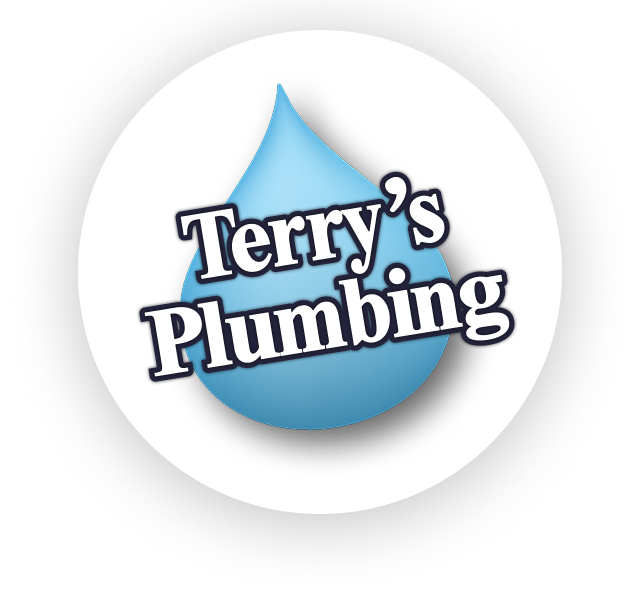Pro TIps
Sump Pump Maintenance Anyone can Do
Regular cleaning and maintenance will keep your sump pump functioning properly, so it’s always prepared for when you need it most. Most models should be cleaned once a year, but be sure to check your manual for more detailed information. If you don’t feel comfortable cleaning it yourself, that’s okay! An expert can always do it for you, but either way you should familiarize yourself with the process.
What Is A Sump Pump?
Sump pumps are pumps that remove water from some sort of “sump basin” in a home. Typically, these pumps are located in the basements of homes to help remove water from the property and prevent disastrous basement flooding. After the water goes down your basement drain, it doesn’t automatically leave the confines of your house. A sump pump is usually responsible for displacing the water somewhere else such as storm drains, dry wells or sanitary sewers. The pump’s sole responsibility is to control the amount of water in your home. Think of the sump pump as the workhorse for making sure that your basement is free from water damage during the area’s hard rain storms.
Sump Pump Maintenance
To ensure that your basement stays immune to flooding year-round, it is important to maintain both your sump pump and the sump basin that it lies in. First, you must determine how often you need to check on your sump pump. The general rule of thumb is that sump pumps should be inspected at least once a year. However, in Pittsburgh homes it may be more beneficial to check your pumps more often due to the high volume of rain that is experienced throughout the year. Many sump pumps also come with flood alarms that can alert you if the pump is backed up and unable to clear out water from your basement.
When inspecting your sump pump, make sure to clean up any gravel, dirt, sand or any other kind of leftover debris you find. Always be sure to clean the check valve and make sure the discharge line opening is clear of any obstructions. Regularly cleaning your sump pump is vital because even just a partially obstructed sump pump is subject to overheating and failing. This failure could cause extremely costly damages to your home.
Best Sump Pump Cleaners
Cleaning your pump is a daunting task, which is why we decided to take one “to-do” off your list–finding a good cleaner! The two simple yet effective household products discussed below will help you get the job done.
One of the most popular ways to clean and disinfect a sump pump is to wipe it down with hot water and bleach. Using bleach is a sure-fire way to kill bacteria and germs that may be living in the dark damp pit. You don’t need much bleach for it to be effective–only a few capfuls mixed into hot water will do the trick.
If you don’t want to deal with the harsh smell of bleach, vinegar is just as effective. Not only is cleaning a sump pump with vinegar effective, but it’s also easy and aids in the prevention of clogs. The best kind of vinegar to use is household vinegar, not the kind you use to cook with, the kind that’s designed with cleaning in mind. It’s also one of the best emergency cleaners because almost everyone has some vinegar in their house already.
Get Super Terry!
If you’re unsure if your sump pump is functioning properly, always call a professional. With proper cleaning and maintenance, the average sump pump should last around ten years. If anything goes wrong before then, call Super Terry or check us out online!
